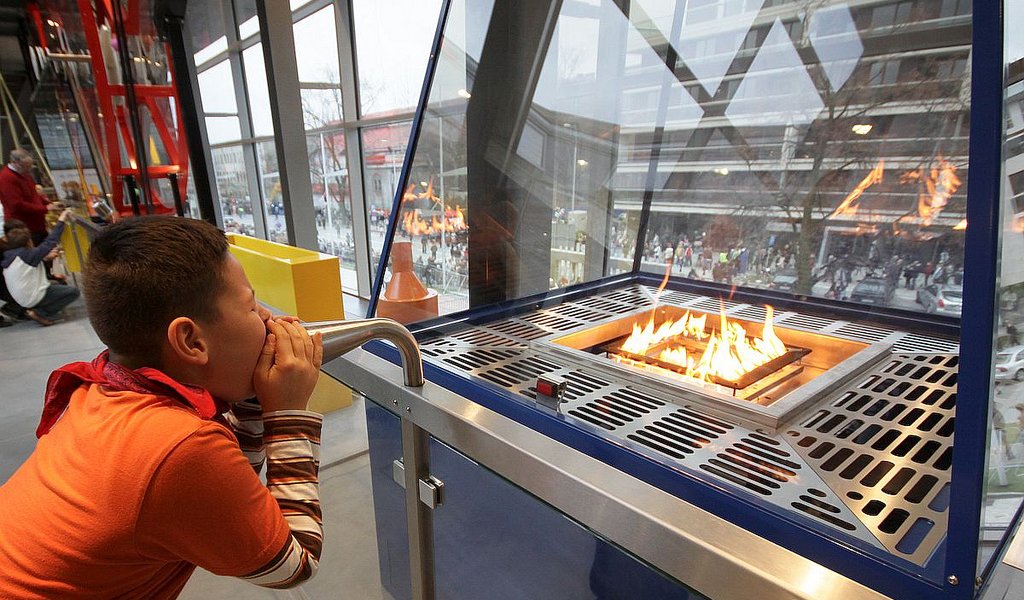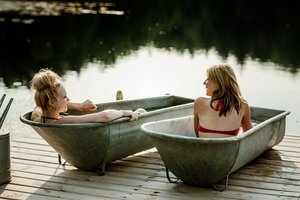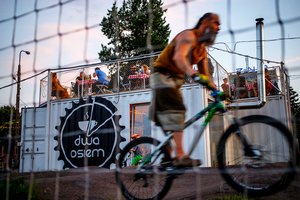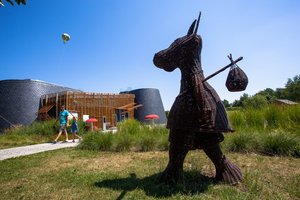Poland for the Youngest
Visiting Poland with a child is a good idea not only on Children's Day, but today, especially with our youngest readers in mind, we chose 10 unique child-friendly attractions from all parts of Poland. Enjoy!
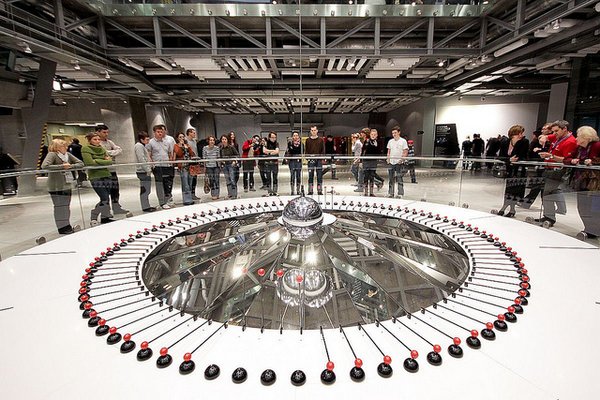 Copernicus Science Centre in Warsaw
Copernicus Science Centre in Warsaw
This is the largest science centre in Poland, which aims to "inspire you to observe, experience, ask questions and seek answers". Every year, more than one million visitors come here! And this popularity is not without reason – in the Copernicus Centre you will be able to admire 400 exhibits, thanks to which you will become acquainted with phenomena in the fields of physics, biology, mathematics, astronomy and music. This is due to its interdisciplinary nature and creative approach to discovering the world. In addition, the Centre invites visitors to wander through the Park of Explorers, the workshop space (where everyone can take on engineering, scientific and logical challenges, using everyday objects like straws, mugs and paperclips), the High Voltage Theatre (whose leading role is played by energy) and the Heavens of Copernicus Planetarium (offering shows for children and adults, as well as memorable concerts). Also on offer are mini-workshops and students are encouraged to participate in classes in physical, robotic, biological and chemical laboratories.
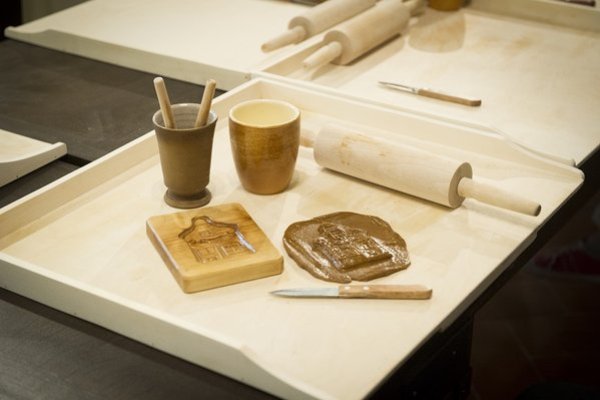 Living Museum of Gingerbread in Toruń
Living Museum of Gingerbread in Toruń
Speaking of Copernicus, we invite you to Toruń. 199 steps from the monument of the famous astronomer is the Living Museum of Gingerbread, enticing guests to take part in unique time travel with the fragrance of sweet cake. Not only one voyage, but two!
The first will take you to the medieval city, where under the care of Master Piernikarski and Spice Witch you will learn about the rituals associated with baking a famous specialty, you will discover deeply archived recipes, and finally - you will bake your own gingerbread. The second stage is a trip to the manufactory from the turn of the 19th and 20th century, where you can see the original machines, a historic stove and a collection of forms, and finally decorate your gingerbread with a sweet icing.
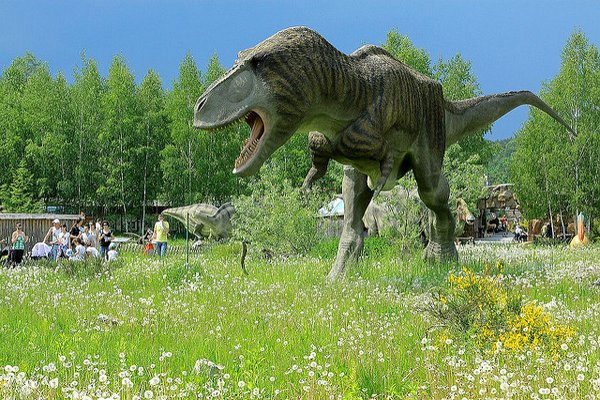 Bałtowski Tourist Complex in Bałtów and the Jurapark in Krasiejów
Bałtowski Tourist Complex in Bałtów and the Jurapark in Krasiejów
Expeditions for the brave! The main attraction of both parks are the life-size size reconstructions of dinosaurs: in Bałtów you will meet 100 of them, in Krasiejów over 200! The location of both parks is by no means random - excavations were carried out in both sites, which resulted in unusual discoveries of dinosaur residues.
JuraPark in Bałtów was the first such facility in Poland. It has grown and now offers other attractions, including a zoo, a prehistoric oceanarium and – as a complete novelty – Poland in miniature formed on a 1 hectare surface, with major rivers and lakes marked out, geographical regions and 50 miniatures of castles and palaces created in the last 500 years, and currently located within the borders of Poland. The park in Krasiejów, in turn, is the largest Jurassic park in Europe today, which consists of several parts: the Time Tunnel, which takes visitors back to the Big Bang, from where we set out on a journey in time and space up to the Triassic period; a 1.5-kilometre Educational Path, along which life-size reconstructions of reptiles and amphibians are arranged; the Paleontological pavilion, where we can admire Triassic fossils through the glass floor, the Prehistoric Oceanarium and 5D cinema.
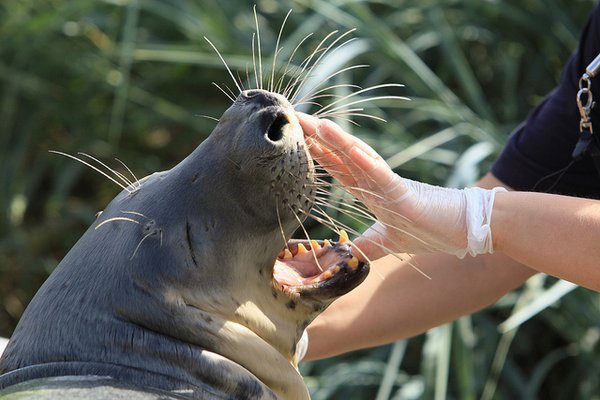 Seal Center in Hel
Seal Center in Hel
The Seal Centre at the Marine Station of the Institute of Oceanography at the University of Gdańsk is not a zoo, or a circus for that matter. Its main task is not to entertain tourists, but to support seal protection and popularise knowledge about them. At the centre, animals are subjected to research and treatment, and they also breed. Seals are released into the sea, which helps to protect the seal population which over years has been decimated as a result of human thoughtlessness. Therefore, while watching live seals is a lot of fun, the biggest advantage of visiting the Seal Centre is knowing how to act to help seals.
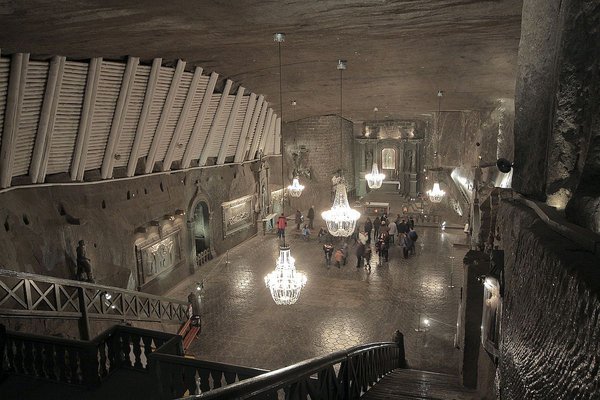 Wieliczka salt mine
Wieliczka salt mine
Opened in the 13th century, up until 2017 the Wieliczka Salt Mine was a source of edible salt that was a firm fixture on Polish dinner tables. It was one of the first Polish objects to have been added to the @UNESCO World Heritage List. It is visited annually by over a million tourists from around the world who come to admire several kilometres of underground labyrinths, chambers, lakes, mining machines and unique salt sculptures. The mine can be visited in several ways, but for families with children, we recommend the Discover Solilandia Route. Puzzles await the children, as well as welcoming fairy-tale friends: the Treasurer, the dragon Soloń and dwarf Soliludek. It is worth noting that the route is quite long - it will take about 2.5 hours to cover it. We remind you that temperatures are cool underground (around 15ºC), so you should bring warmer clothing with you.
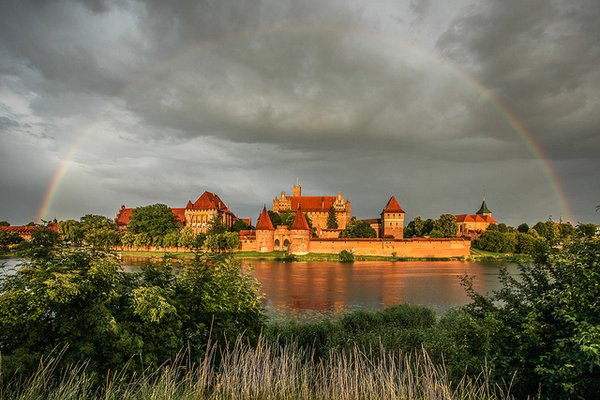 Malbork Castle
Malbork Castle
The Castle of the Teutonic Order in Malbork was built at the turn of the 14th century and is the largest Gothic fortress in Europe! From 1309, it served as the seat of the Grand Master of the Teutonic Order. This piece of architecture is unique in the world, featuring as it does a number of technical solutions which were ahead of their time, in particular the design of vaults, gables and portals, and the use of sculptures and ornaments.In 1997, the Malbork Castle was added to the UNESCO World Heritage List.
Families can visit the Castle following a family route, during which puzzles await children, whose solution will open the door to the treasury. Malbork regularly hosts historical events, knights' tournaments and light shows.
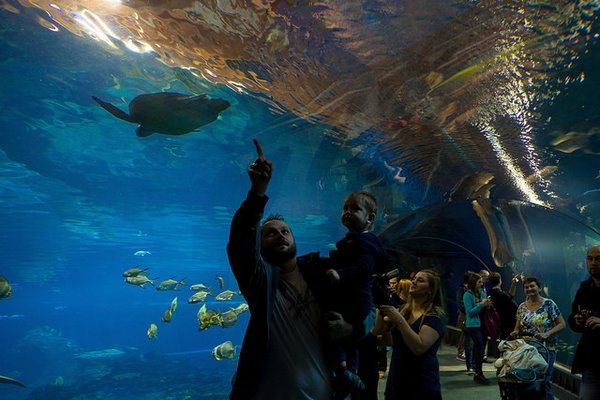 Afrykarium Oceanarium in Wrocław
Afrykarium Oceanarium in Wrocław
Launched for use in October 2014, the Afrykarium Oceanarium is a unique project. In the huge building a modern aquarium was established, where you can admire 200 species of water animals from all over Africa. The Afrykarium was divided into zones associated with African regions and fauna. At the Red Sea Rafting, visitors will be delighted by schools of colourful fish and corals. Passing through the tunnel under the Mozambique Channel, they will see sharks and rays. East Africa impresses with endemic species of fish from Tanganyika and Malawi lakes. Here, too, we come across Nile hippopotamuses, ants, small antelopes, ducks and ibises. On the Skeleton Coast in Namibia, on the other hand, are pussies and kittens. At the end, the Jungle of the Congo Basin awaits us, inhabited by crocodiles and manatees - large floating mammals threatened with extinction.
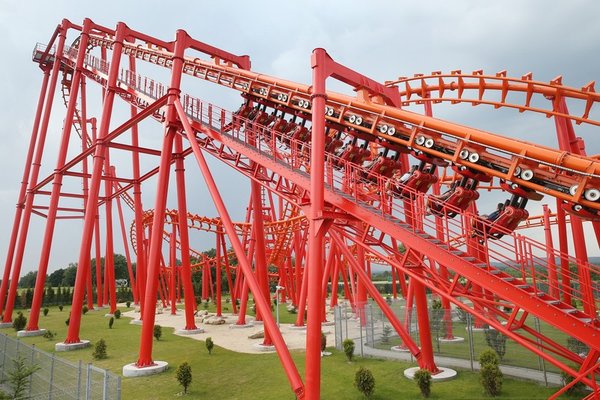 Energylandia in Zator
Energylandia in Zator
Located halfway between Katowice and Krakow, Energylandia is the largest entertainment park in Poland. Visitors – both lovers of fairytales and extreme experiences – are able to enjoy a total of over 70 attractions: from a roller coaster, to water rafting, artistic spectacles, stunt shows, to meetings with fairytale heroes. The park, covering an area of 26 hectares, is divided into zones: magical Fairy Tale Land – every child's dream; Family Zone – ideal for children and their guardians playing together; Extreme Zone - for seekers of strong emotions – and Water Park – with three large pools. One ticket entitles you to take advantage of all Energylandia’s attractions.
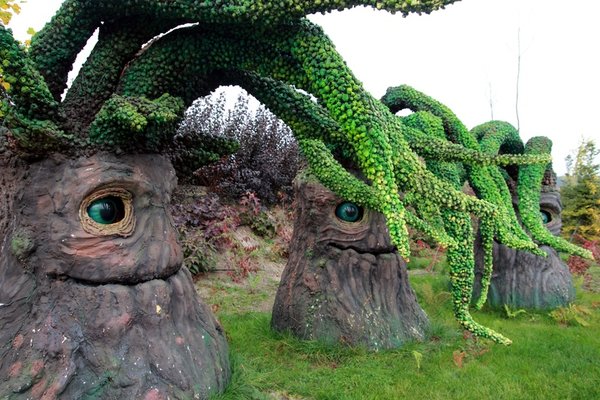 Magical Gardens in Janowiec
Magical Gardens in Janowiec
In the Magic Gardens in Janowiec, everything is mixed up: senses (with each other), and dreams with reality, as well as fairy tales with science. This land has been created based on an an original history, therefore, among the beautiful nature await you extraordinary encounters with unique creatures: large caterpillars, hairy Mordolas, dwarfs, fairies, dragons and magical birds. The space is supposed to be a field of experiences – stimulating the imagination and development of the child, playing and learning at the same time.
Did you find something for yourself? If not, do not worry. Poland still has a lot of surprises. For you and your children!
 European Fairytale Centre in Pacanów
European Fairytale Centre in Pacanów
Although Pacanów is not huge, the famous Matołek the Billy Goat has brought it great fame. Every year, the village is visited by up to 200,000 tourists! The European Fairytale Centre located there was established as a modern children's cultural centre, organising concerts, exhibitions, meetings with authors, performances – all for the youngest ones. In addition to the famous Koziołek, at the exhibition you will also find the Red Riding Hood, Tinker Bell and Snow White. Visitors will enter the forge in which, it has been said, they shoe goats and in the Garden of Sense, you will taste edible plants. Did you know that this is the only garden with a planted willow tree on which pears grow?
But this is just the beginning.
Happy Children's Day!
Poland.pl
01.06.2018


